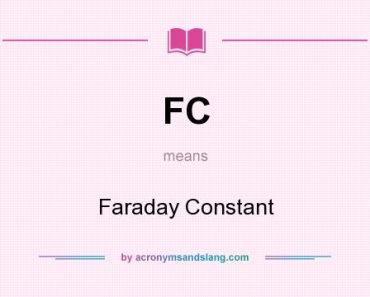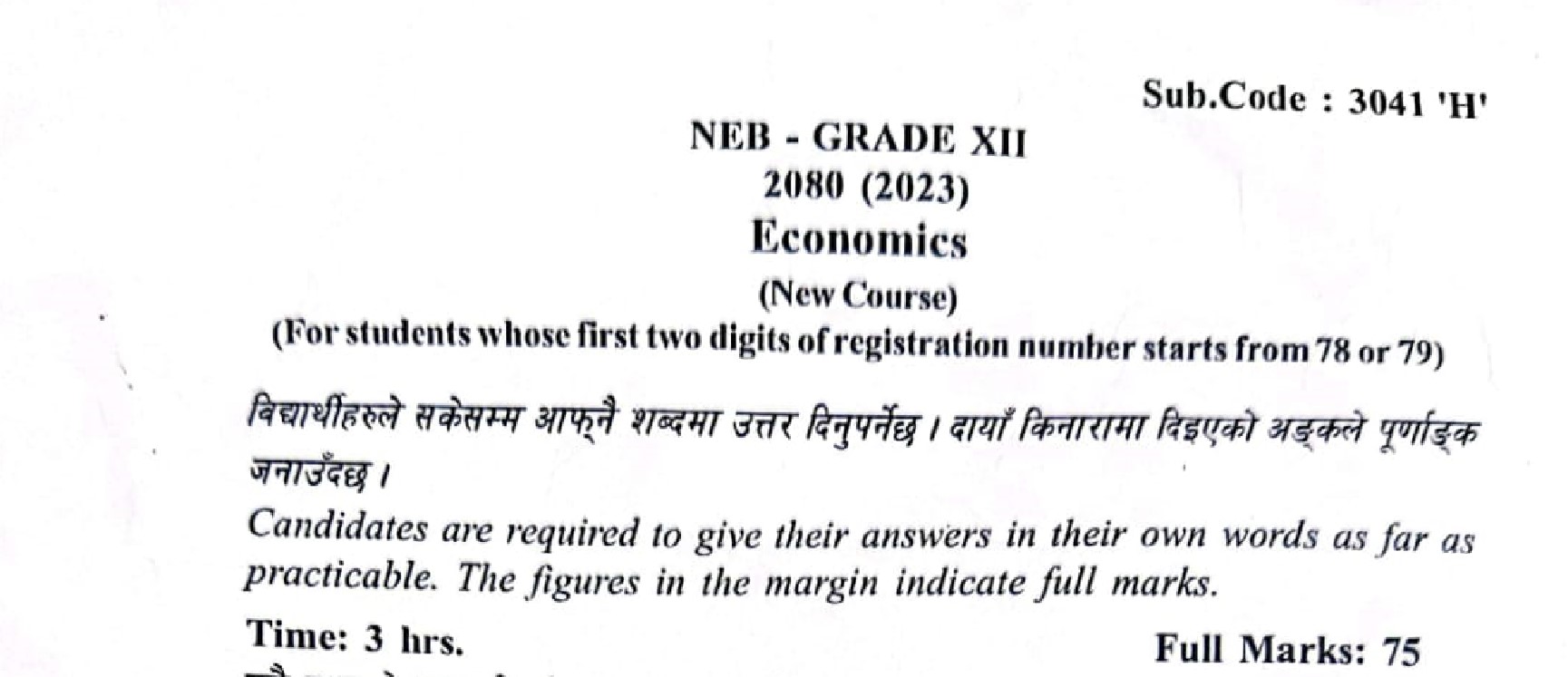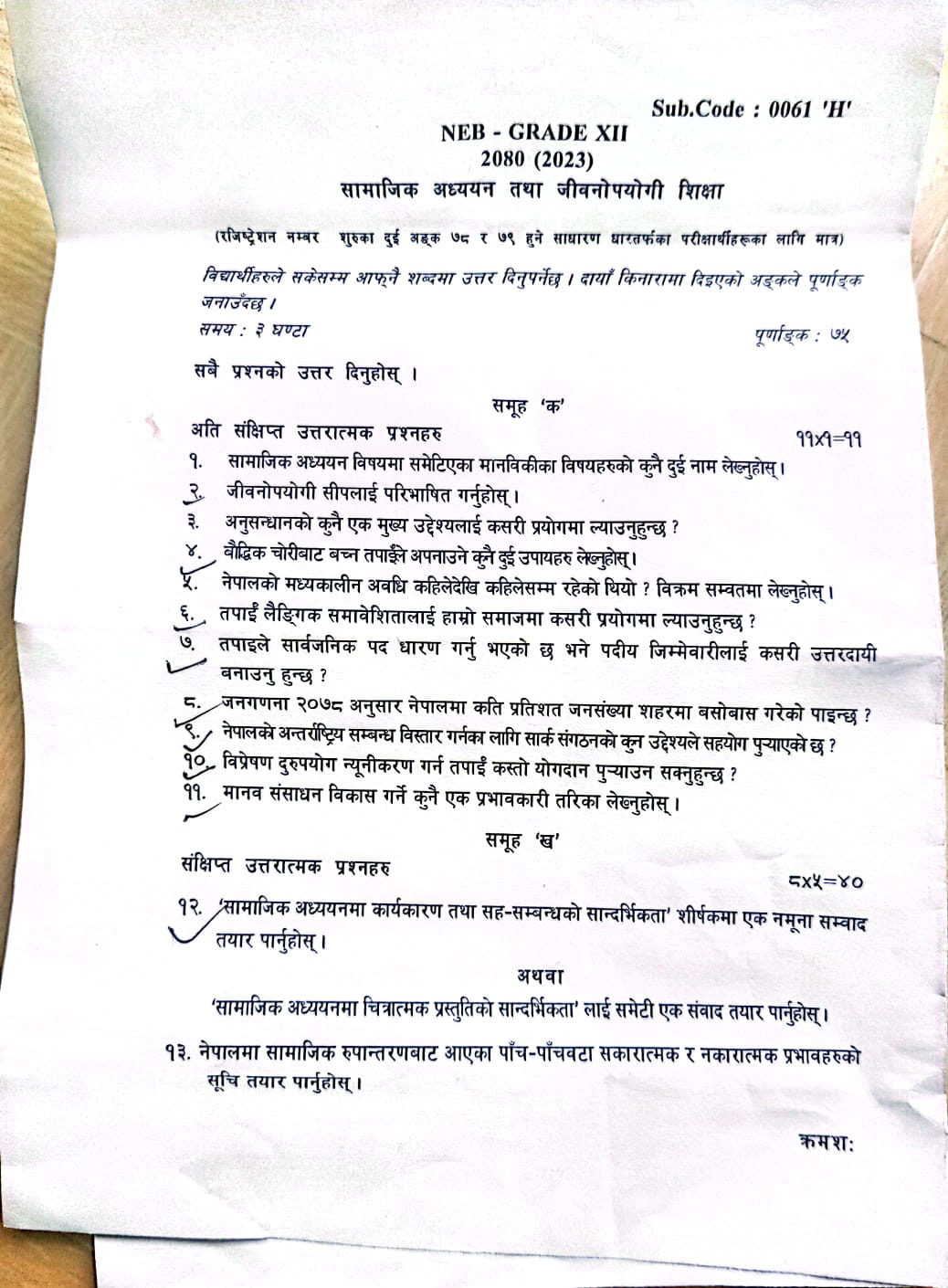Electrochemical Equivalent (z)
According to Faraday’s first law of electrolysis,
m = z q
or, z = m / q,
where q = 1C, then
z = m
Hence, the electrochemical equivalent is the mass of ions deposited or liberated on an electrode during the electrolysis, where 1C of charge is passed through it.
Chemical Equivalent (E)
Chemical equivalent is defined as the atomic weight expressed in gram per unit valency.
E = atomic weight / Valency
It’s also known as gram equivalent weight of the substance.
Relation between E and z
Let us consider ‘q’ be the amount of charge which is passed through the 2 electrolytes whose chemical equivalence are E1 and E2, and their respective electrochemical equivalence are z1 and z1. If m1 and m2 are the masses of ions deposited or liberated on an electrode in 2 voltameters, then from first law of Faraday,
m1 = z1 q and m2 = z2 q
or, m1 / m2 = z1 / z2 ——–(i)
And, from Faraday’s second law,
m1 / E1 = m2 / E2
or, m1 / m2 = E1 / E2 ——–(ii)
Now, from equation (i) and (ii), We get,
E1 / E2 = z1 / z2
i.e. E1 / z1 = E2 / z2
i.e. E / z = constant
i.e. E / z = F
i.e. E = F z,
where ‘F’ is a constant called Faraday’s constant.
Faraday’s Constant
According to first law of electrolysis,
m = z q
z = m / q
But, F = E / z = E * q /m
If E = m, then F = q
Therefore, Faraday’s constant can be defined as the amount of charge required to liberate a gram equivalent of a substance during the electrolysis.
Example,
For copper,
Chemical equivalent (E) = 31.5 gm
Electrochemical equivalent, e.c.e. (z) = 0.000329 gm/C
We know that,
F = E / z
or, F = 31.5 / 0.000329
∴ F = 96500C


 - [Resolving the Adventure Not Found Error in For the King 2](#) - [Understanding the Purpose of the Hardwork Skill in For the King 2](#) Upon liberating the prisoner from the cart in The Resistance chapter, the world unfurls for exploration. Roam the area until you chance upon an overturned wagon distinct from the prisoner cart, nestled in the Foothills area of the map. Should the wagon remain elusive, lean on Vision Scrolls or Find Distance items, available in town shops, dropped by enemies, or carried by specific characters such as the Scholar. Employ these tools to meticulously scrutinize the Foothills. Continue your exploration of the Foothills until you stumble upon the broken wagon. Once uncovered, assign any of your party members to investigate – no battle ensues, sparing your entire party from involvement. A notification will prompt you to the exact location of the Bandit Camp, where Hildegard's husband is being held captive. Liberate him from the camp to successfully fulfill this objective. These are the crucial steps to unraveling the mystery of Hildegard's husband in For the King 2. If you found this guide beneficial, consider exploring our diverse range of other informative guides.](https://meropaper.com/wp-content/uploads/2024/01/for-the-king-2-hildegard-husband-cart2-150x150.webp)








